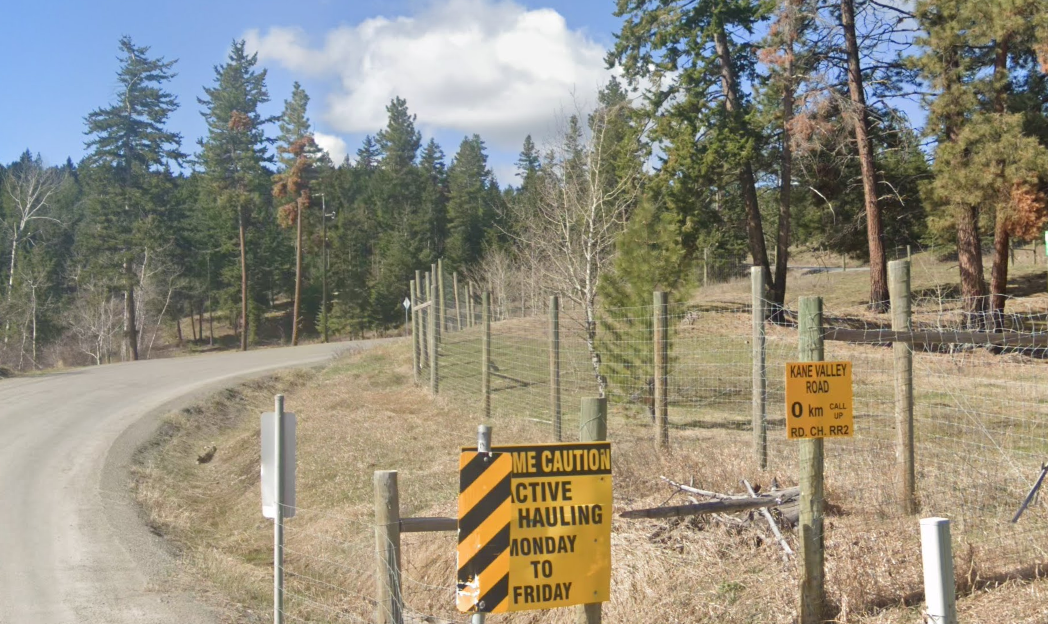Why You Need a Hytera Radio During an Emergency?
Hytera radios offer emergency communication solutions that are vital to our communities and our emergency first responders. In this article, the team at Metro Mobile will highlight the necessity of Hytera radios during an emergency.
Hytera radios offer emergency communication solutions that are vital to our communities and our emergency first responders. In this article, the team at Metro Mobile will highlight the necessity of Hytera radios during an emergency.
Ineffective communication is often closely tied with improper emergency planning and management. During an emergency, communication is the most crucial tool to mitigating disasters and helping those in need.
In the case of a flood, forest fire, earthquake or other disasters, we need to be prepared for the worst-case scenario which can include no power and no network and we need to be able to organize responders and communicate efficiently.
Let’s dive into the role of digital two-way radios when it comes to emergency communication.
Two-way radios vs Smartphones: Which is better during an Emergency?
In major disasters, albeit natural or man-made, power grids can be knocked down, eliminating communication services. Or even if they are not physically affected, they can be overwhelmed with too many people trying to contact their friends and family.
However, two-way radios are specifically designed to provide communication solutions in such instances. They can also come equipped with features that are very useful during an emergency.
While smartphones can take long periods of time to establish network connections and they are only one-to-one calling, digital two-way radios can emit messages to multiple users at once which is very valuable during an emergency. Responders can use this feature to send out mass messages to teams and quickly organize their teams.
How to use some of the Hytera radio features?
Hytera Digital Mobile Radio (DMR) Tier 2 conventional networks typically route emergency calls to another radio user, a group of radio users, or a dispatcher if the network uses SmartDispatch or SmartOne dispatching.
This enables DMR radios to be able to raise an alarm in several ways.
- If the user presses the programmed "Emergency On" key, he or she can send an alarm to a companion or the control center. If they press the programmed “Emergency On key,” they can also make a call at the same time, which allows them to speak after setting off the alarm.
- In a third option, the user can just make a call by pressing the Emergency On key once again to send the alarm, and this time the radio will transmit in cycles so that the user doesn't have to hold down the PTT button while talking. This can be invaluable in emergencies where a user might struggle to operate the PTT.
- Two-way radios come with another useful feature: emergency calls can be sent in silent mode. This means that when an emergency call is activated, the radio does not display any indication that it has been activated.
- It can be useful when it is best not to announce that others have been alerted, for example, when the radio user may be under threat of attack or to prevent panic among nearby residents.
The consequences of not having a reliable and robust means of communication in emergencies can be devastating if people are injured or even worse still if lives are lost when they might have been saved if there were a reliable way to call for help.
If you are looking for radio rentals, radio repairs, or want to purchase radios for your disaster communication plan, you can contact a team member at Metro Mobile Radio. If you want to find an industry-specific radio, you can talk to one of our experts and we can find the best two-way radio for you.




